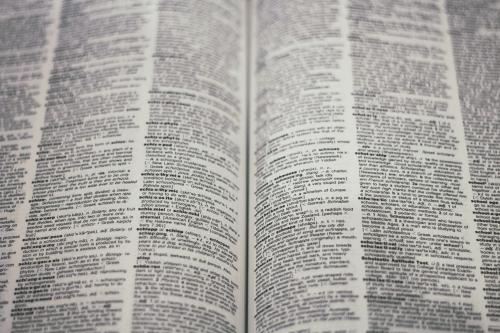While equity trading in Europe fell in July, dark-pool trading volumes swelled to their highest level since Mifid II was introduced 19 months ago, according to analysis by research and consulting firm TABB Group.
The research reveals that the total average daily trading volume for Europe’s equity markets during July declined 15 percent to €53 bn ($59 bn) while dark trading rose, accounting for 9.6 percent of all on-exchange activity.
Such highs have not been seen since October 2017, prior to the implementation of Mifid II, when dark pools accounted for 9.2 percent of activity.
Europe’s Mifid II regulation introduced double volume caps (DVCs) in March 2018 – after an initial delay in implementation meant they were not introduced with Mifid II in January, which in turn heavily impacted on trading volumes in the region’s dark pools.
DVCs ban dark trading when a transaction accounts for 4 percent of the total activity on a single dark venue, or 8 percent of total trading on a wider market basis.
Dark trading has since progressively increased after the first set of DVCs expired in September 2018, despite early declines following the introduction of Mifid II.
‘There has been a steady fall in the number of stocks that are subject to the caps, reflecting the impact the early 2018 caps have had on dark trading volumes and the 12-month retrospective calculation,’ says Tim Cave, TABB Group analyst and author of the research, in a statement.
At the same time, reflecting another part of this trend, volumes in periodic auctions have fallen as the number of securities capped by the dark trading rules decreased. The analysis reveals periodic auction market share accounting for 2.3 percent of on-exchange activity in July, compared with the highs seen in August last year of 2.9 percent.
Periodic auctions – viewed as a Mifid II-compliant alternative to dark pools – witnessed a surge in activity as the DVCs came into force.
Trading on systematic internalizers (SIs) also fell in July this year, driven by decreased activity above the large-in-scale (LIS) threshold.
Daily notional SI volumes fell to €8.3 bn in July, compared with €10.5 bn the month prior. Nevertheless, market participants are warming to SIs, as volume has increased from 13 percent of total volumes in January this year to 15 percent in July.
SI activity below the LIS threshold in July was mainly driven by electronic liquidity providers (ELPs), says the research. ELP SIs accounted for 41 percent of addressable SI activity below the LIS threshold, 14 percent of total addressable SI activity, and 2.2 percent of overall market volumes.
The analysis states that SI venues have emerged as a critical liquidity source for market participants.
Cave adds: ‘The question for many brokers and buy-side firms is no longer why they should execute against ELP SI liquidity, but rather which firms they should execute against. Each ELP SI pursues different strategies and the focus for many brokers and buy-side firms in recent months has been understanding these differences.’










